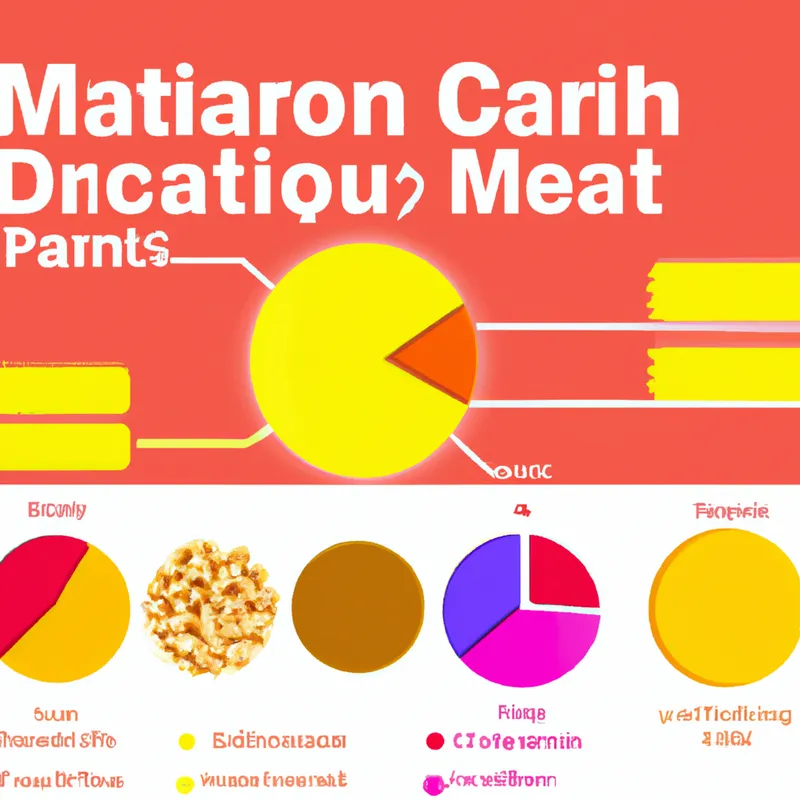Transform Your Diet: Master Macronutrient Ratios Now!
Macronutrient Ratios: Tailoring Your Carbohydrate, Protein, and Fat Intake for Optimal Results in Diet Strategy 14
Diet Strategy 14 highlights balanced nutrition as essential for health and wellness. Understanding macronutrient ratios helps you develop a diet that supports your health goals. Each macronutrient has a unique role, and optimizing their ratios boosts energy, performance, and well-being.
Understanding Macronutrients
Before adjusting macronutrient ratios, understand each one’s role:
1. **Carbohydrates:** Carbohydrates serve as your body’s primary energy source. They break down into glucose, fueling daily activities and exercise. You can categorize carbs into simple (sugars) and complex (starches and fiber). Complex carbs typically offer sustained energy.
2. **Proteins:** Proteins consist of amino acids essential for tissue repair and growth, especially in muscles. They support hormone production and immune function. Proteins help with satiety, controlling appetite and aiding weight management.
3. **Fats:** Fats support hormone production, nutrient absorption, and cellular health. They offer a concentrated energy source and promote brain health. Choose healthy fats from avocados, nuts, and olive oil over saturated and trans fats.
Recommended Ratios
Ideal macronutrient ratios depend on individual goals, lifestyle, and body composition. The Dietary Guidelines for Americans provide a general framework:
– **Carbohydrates:** 45-65% of total calories
– **Proteins:** 10-35% of total calories
– **Fats:** 20-35% of total calories
You can adjust these percentages based on your specific health objectives.
Tailoring Your Intake
To tailor your macronutrient intake, first, determine your daily caloric needs. Use online calculators or consult a registered dietitian. Once you have your daily calorie target, consider your goals:
1. **For Weight Loss:** Increase your protein intake to aid weight loss. A suggested ratio is 30% protein, 40% carbohydrates, and 30% fat. This balance helps you feel full, making it easier to maintain a calorie deficit.
2. **For Muscle Gain:** Increase your carbohydrate intake to support muscle growth.
Conclusion
In summary, understanding and tailoring your macronutrient ratios can enhance your diet strategy and support your health goals.
Below are related products based on this post:
FAQ
What are the main roles of carbohydrates, proteins, and fats in our diet?
Carbohydrates serve as the body’s primary energy source, breaking down into glucose for daily activities and exercise. Proteins are essential for tissue repair, growth, and hormone production, while fats support hormone production, nutrient absorption, and cellular health, providing a concentrated energy source.
What are the recommended macronutrient ratios for a balanced diet?
The Dietary Guidelines for Americans suggest that carbohydrates should make up 45-65% of total calories, proteins 10-35%, and fats 20-35%. These ratios can be adjusted based on individual health goals and lifestyle.
How can I tailor my macronutrient intake for specific health goals like weight loss or muscle gain?
To tailor your intake, first determine your daily caloric needs. For weight loss, a suggested ratio is 30% protein, 40% carbohydrates, and 30% fat to help maintain a calorie deficit. For muscle gain, increasing carbohydrate intake is recommended to support muscle growth.















Post Comment